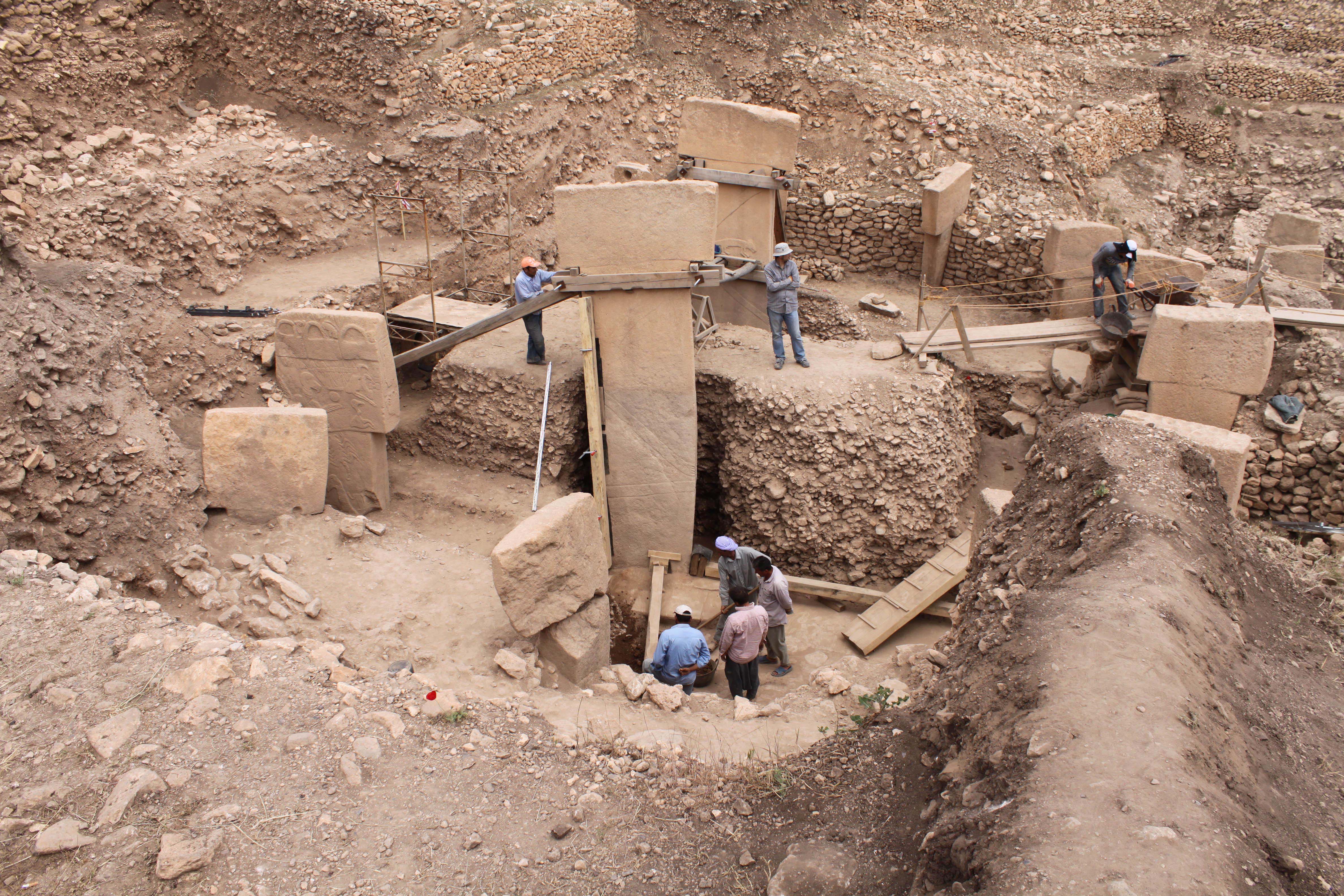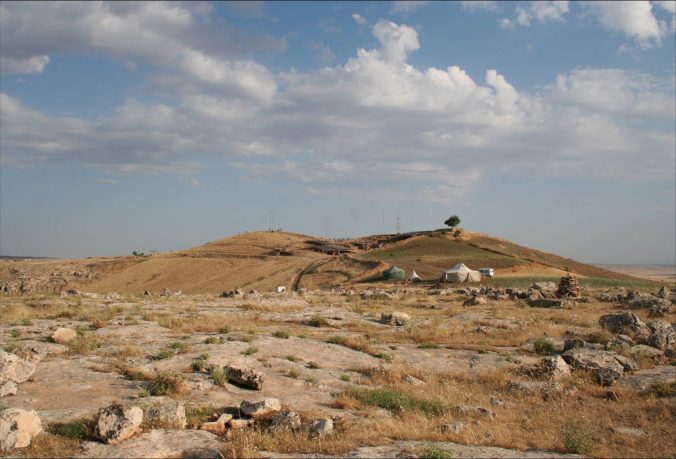July 29th was this year’s “Day of Archaeology” [external link] – a project aiming to “… provide a window into the daily lives of archaeologists from all over the world.” Following some impressions from a typical day excavating at Göbekli Tepe, this is our second post – about what comes after all the fieldwork…
Archaeology is seen as an exciting and adventurous occupation by many. More often than not, mentioning my job will make people say things like „Oh, I always wanted to become an archaeologist, too!“. And of course there will be the inevitable Indiana Jones reference. I have long learned not to ask back why this dream didn´t become true – the answers mostly include getting a real job. But the glamour of childhood dreams is on my side.
And it´s so easy to fulfill everyone’s expectations, for example by talking about things experienced on excavations in more or less far away countries. I am involved in research in Romania (Rotbav, a Bronze Age settlement) and Turkey (Göbekli Tepe, obviously) right now. The effect on the audience is of course much better, if you say Transylvania and explain that it is the rough landscapes of southeastern Turkey, largely unknown to western tourists. And some will even have heard the name of the Turkish site, Göbekli Tepe. First monumental buildings (oh, let´s simply call them temples for the conversation´s sake), 12.000 years old. So, really important, really old sites, really interesting regions. You can go on and talk about all the travelling you have to do to attend conferences. For me, it´s Vienna, Göteborg and Vilnius this year. The summer will see me in Romania (yeah, alright, Transylvania) studying Bronze Age artefacts, the autumn maybe back in Turkey working with Neolithic finds.

Excavations at Göbekli Tepe, Enclosure D, in 2010 (Photo O. Dietrich, copyright DAI).
So, a day in archaeology. Driving up dusty roads to an enigmatic site in a far away land, uncovering and writing new chapters in the history of mankind. There are these days, sure. But at the moment, my usual workday starts around 9 o´clock and ends around 6. I am a researcher at the German Archaeological Institute. These days my work centers on writing up a monograph on the sculptures found at Göbekli Tepe. And then, there is another one scheduled on the iconic architectonic feature of this site, the richly decorated T-shaped pillars, and a third one on the features from the main excavation area. Dusty roads? At the moment rather dusty bookshelves. Surprised? Well, you watched the movie, didn’t you? Dr. Jones standing in front of the class, saying “Archaeology is the search for fact. Not truth. If it’s truth you’re interested in, Doctor Tyree’s Philosophy class is right down the hall. So forget any ideas you’ve got about lost cities, exotic travel, and digging up the world. We do not follow maps to buried treasure, and ‘X’ never, ever marks the spot. Seventy percent of all archaeology is done in the library. Research. Reading.” That much is true.

The place where most archaeology happens (Photo: O. Dietrich).
Actually, I love these seventy percent (let´s rather make it 80% by the way). Because that is where the real discoveries happen, where you write history. Let me explain. I have written up a lengthy catalogue of all the zoomorphic (animal-shaped) and anthropomorphic (human-shaped) sculpture from Göbekli Tepe. What I am doing right know is looking at the find contexts of the sculptures, their preservation and similar finds in other sites. Why the find context matters? Find context is everything in archaeology. Have a great find somewhere from a field? Still a great find, but without knowledge on the place it ended up hundreds or thousands of years ago, possibilities of interpretation are severely limited. Was it found in a domestic area, is it an object of everyday use? In a sanctuary, connected to ritual and belief? What was it used for exactly? Here is an example. Some of my sculptures portray rather nasty snarling predators. They also have long conical taps at one end. It´s obvious they were put in somewhere. But without some of them discovered in the original place of use (in situ, introducing some more fancy archaeological jargon) we wouldn´t know much more. A find from 2011 reveals that the snarling predators were set into the walls of Göbekli Tepe´s megalithic buildings. They were literally jumping at visitors, invoking awe and fear, setting the scene and mood for the rituals performed there. All of that would have been lost without find context. So, find context is everything to archaeologists, and it is what makes the difference between us and treasure hunters (and Mr. Jones).

In situ findspot of a sculpture in Enclosure C (Photos D. Johannes, K. Schmidt, copyright DAI).
The predator example of course is a very simple one. But if many clues are taken together, there really is the possibility to tell a fairly coherent story. That is what I love about archaeology, and what I am doing right now day by day. Want to know more? Here you can find a longer text on the image of the use of sculptures at Göbekli Tepe that is right now emerging. And of course, everything is about context.

Reblogged this on tabletkitabesi.
Great post and very honest. Thank you. Burcu